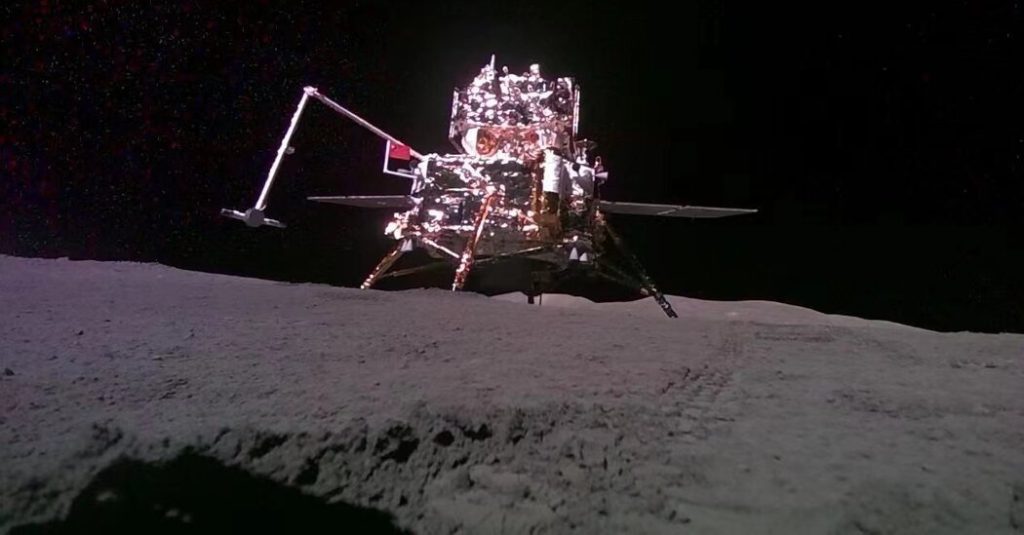China’s Chang’e-6 lander successfully brought a capsule containing lunar soil from the far side of the moon back to Earth, marking a significant achievement in space exploration. This mission, part of China’s long-term strategy to expand its presence on the moon, is the latest in a series of lunar missions that have showcased China’s growing capabilities in space. The sample retrieved by Chang’e-6 is the first from the far side of the moon in human history, paving the way for international collaboration in lunar sample exchanges and advancing scientific understanding of the solar system.
China’s robotic lunar exploration program, named after the Chinese moon goddess Chang’e, has progressed steadily over the years. The program has successfully deployed several missions to the moon, including Chang’e-3, which landed on the lunar near side in 2013, and Chang’e-4, the first vehicle to visit the moon’s far side. Chang’e-5, launched in 2020, brought back near-side lunar regolith to Earth, making China the third country to achieve this complex orbital choreography. These missions, including Chang’e-6, serve as test runs for China’s future crewed missions to the moon.
The samples retrieved from the moon by the Chang’e missions have provided valuable insights into the solar system. The basalts collected by Chang’e-5 were found to be about two billion years old, suggesting extended volcanic activity on the moon. Scientific studies of the lunar material have also ruled out certain theories about the moon’s formation and geological history. The samples brought back by Chang’e-6 from the far side of the moon will be compared with those from the near side to further enhance our understanding of the moon’s evolution and geology.
Despite the scientific benefits of China’s lunar exploration missions, strained political relations between China and the United States present challenges for international collaboration in space exploration. The Wolf Amendment and other legislation restrict NASA from engaging in bilateral cooperation with the Chinese government, limiting potential collaborations on studying the far-side samples. However, China remains focused on its future moon missions, with plans to explore the lunar south pole with missions like Chang’e-7 and 8, and hopes to send crewed missions to the moon by 2030.
NASA’s Artemis campaign, which aims to return Americans to the lunar surface, is also targeting the lunar south pole. Some view the parallel programs of China and the United States as a space race, but many scientists believe that collaboration in space exploration is vital for the progress and sustainability of missions to the moon and beyond. International collaboration, including contributions from countries like France and Pakistan on the Chang’e-6 mission, is seen as a positive step towards future partnerships in lunar exploration. Ultimately, the hope is that space exploration can bring nations together rather than creating divisions.


